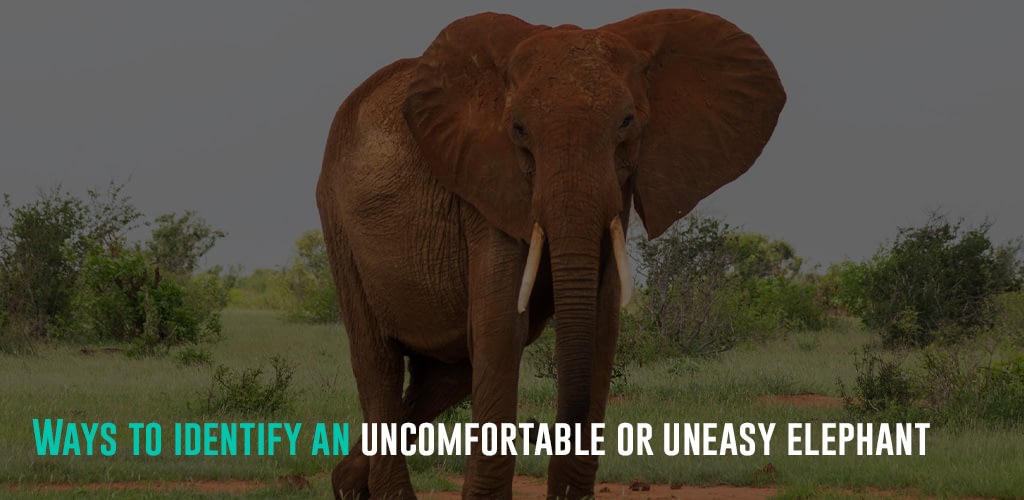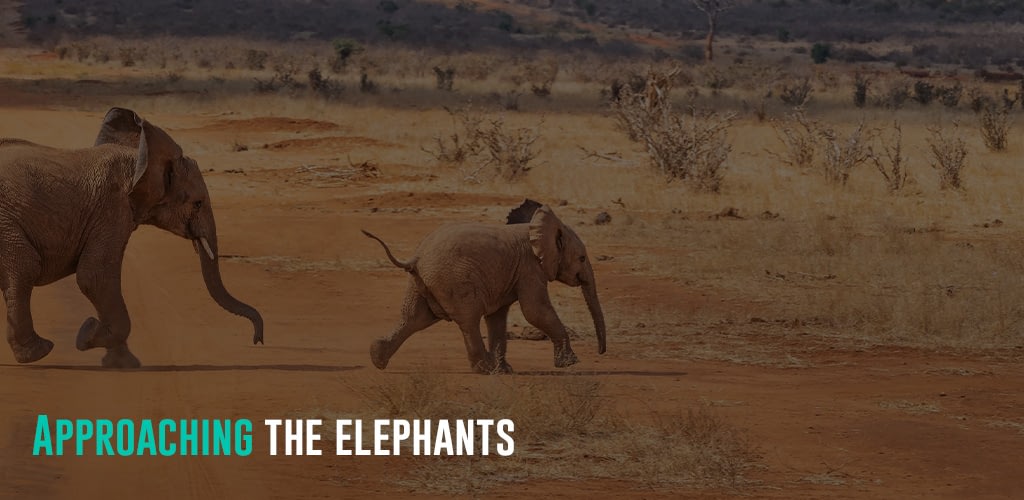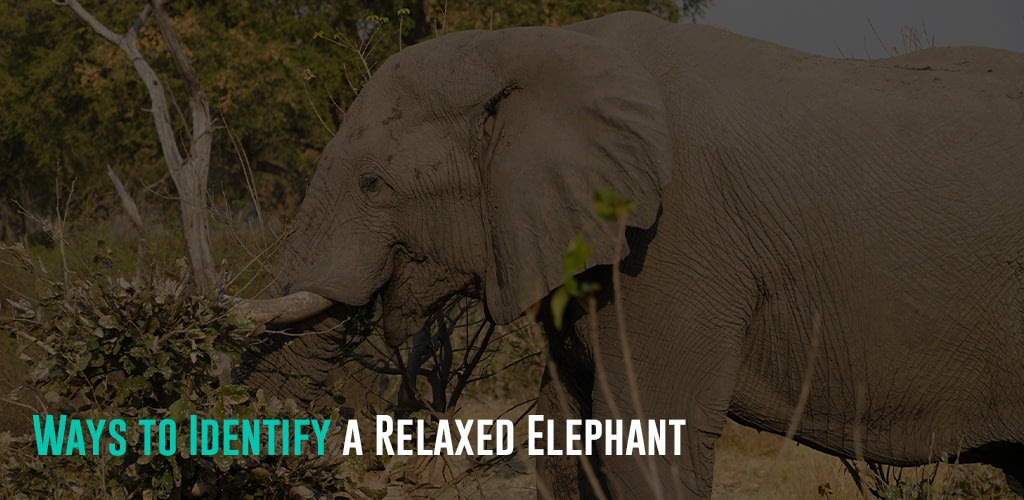The Wild and Thrilling world of Elephant watching is appealing for nature lovers since they are clever and magnificent creatures of the wild. While visiting an elephant sanctuary is a foolproof way to see them, nothing is more thrilling than seeing them in the wild.
Getting close to the majestic wild and thrilling elephants in their natural habitat is exhilarating. Still, elephant tourism has become a controversial topic since they are highly threatened animals. In addition, many travelers are now aware of elephant tourism’s myriad issues, making ethical elephant watching a vital consideration.
Featured Image Source
Approaching the elephants
To have a safe and ethical viewing experience, following specific instructions when approaching a wild elephant is necessary.
What should you do?
The important do’s during elephant viewing include:
- When you spot an elephant herd, slow down. Don’t go up to the animals right away.
- Kill your engine, sit quietly, and observe the elephant herd.
- While different sources advocate different viewing distances for elephants, keeping a 100–80 m distance between yourself and the herd is advisable. This will allow you time to gauge the mood of the elephant herd. Then, if you feel more secure, you can relocate to an area between 60 and 50 meters away from the herd. From this moment on, you can let the elephants get closer to you; if they are comfortable doing so, they will.
- If the elephant becomes uneasy, slowly retreat.
- Ensure that you can leave the area via vehicle quickly if necessary. This is important in case the elephant herd is aggressive.
- Be careful of elephants approaching you from behind.
- You should be gentle and accommodating with the elephants and respect their private space.
- Apply common sense in all situations. Remember to pay attention to the elephants you are seeing.
The important don’ts during elephant viewing include:
- Please do not park your vehicle over elephant footpaths and block them.
- When there are other vehicles around, never box an elephant in.
- Never block or cut off elephants from any direction they want to move in.
- Never park or drive between elephants in a herd.
- Never follow an elephant for an extended period.
- Do not rev your engine when there are elephants nearby.
- Elephants should never be aggressively pushed off their paths.
- Finally, do not speed past an elephant.
- Do not make rapid, quick movements or noises that might attract the attention of the elephants.
- Never shout or yell when in the vicinity of an elephant.
- Do not try to watch the elephants by using the sunroof or hanging out your vehicle window.
- Never try to approach an elephant by driving off the roadway or getting out of your car.
Ways to Identify a Relaxed Elephant
Wild elephants in areas like Addo Elephant Park, Kruger Park, and other wild elephant viewing parks are accustomed to humans near them. When the elephants are not in an aggressive mood, they usually ignore humans and carry on with their daily routines. But when viewing wild elephants, you should be vigilant and observe whether the animal is relaxed. There are several ways to know if the elephant is in an amiable state. Some of them include:
- The elephant is leaning on just one leg, and its rear limbs are crossed.
- The eyes of the elephant are downcast in a lazy and relaxed manner.
- The elephant’s tail is relaxed, swishing from side to side.
- The animal eats with its head lower than the shoulder line and back to the watcher.
- The elephant focuses on the plants it eats and barely pays the spectator any attention.
Ways to identify an uncomfortable or uneasy elephant

When elephants feel uncomfortable around humans, they communicate this using gestures, postures, and stances. It is crucial for an elephant viewing tourist to understand their body language so they do not further aggravate the elephants. There are several ways to know if the elephant is uncomfortable. Some of the gestures include:
- Slightly spread ears and a slightly raised chin
- Stiffening or raising of the tail
- Twisting the trunk’s tip in different directions
- Front foot elevated and tentatively swinging
- Touching its face with the trunk
In a highly aggressive state, elephants may start trumpeting and throwing branches, dust, and other objects at the opponent.
Knowing how to view wild elephants is crucial to avoid discomfort for travelers and wild animals. That’s why it’s always important to research any animal you’d like to visit and the location that hosts the animals you’re allowed to visit. If you’re looking for some great places to visit elephants, explore our community to see if other Travel-Wise travelers have any tips on good locations, and then plan your trip to visit your elephant friends!




